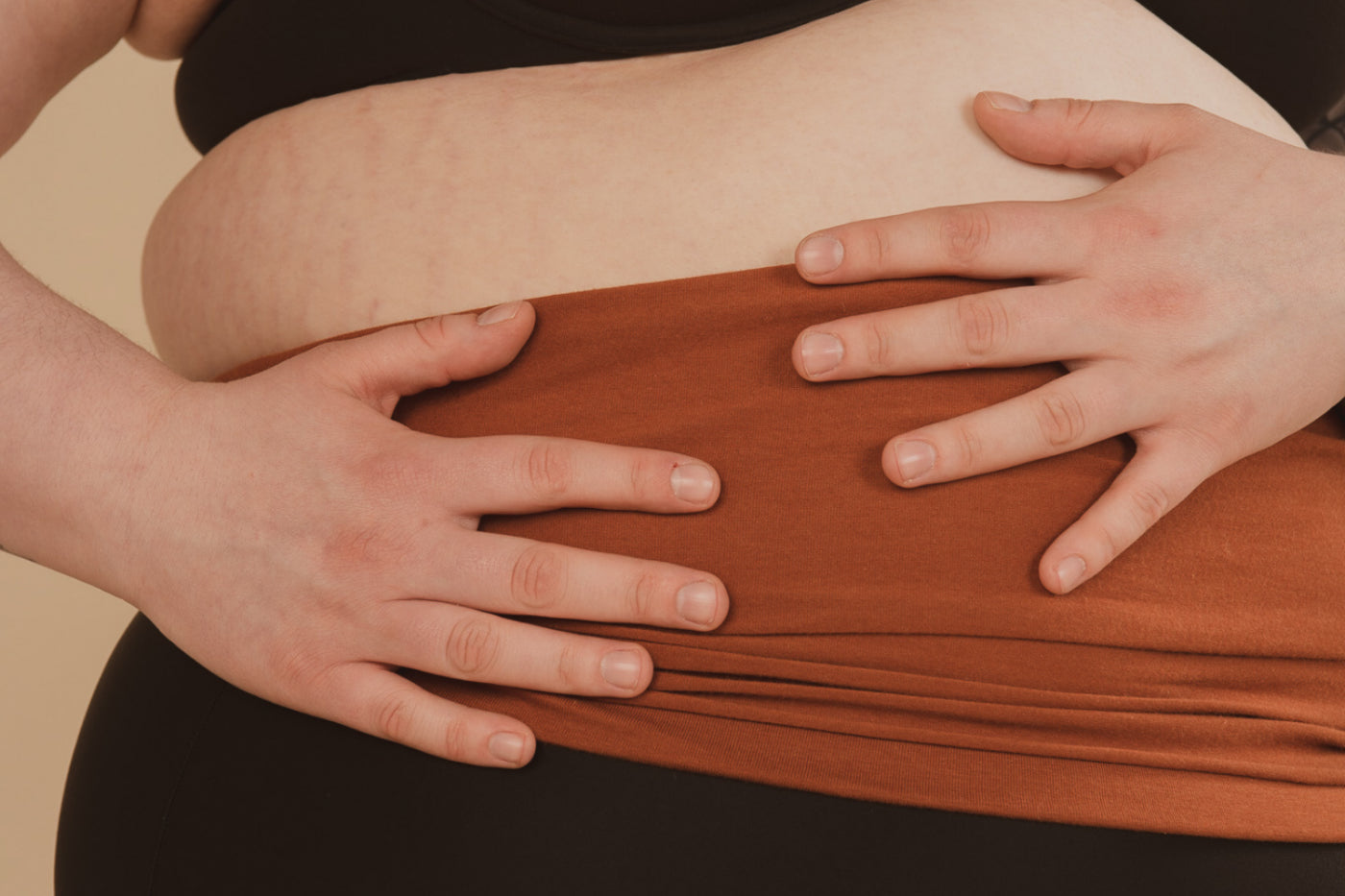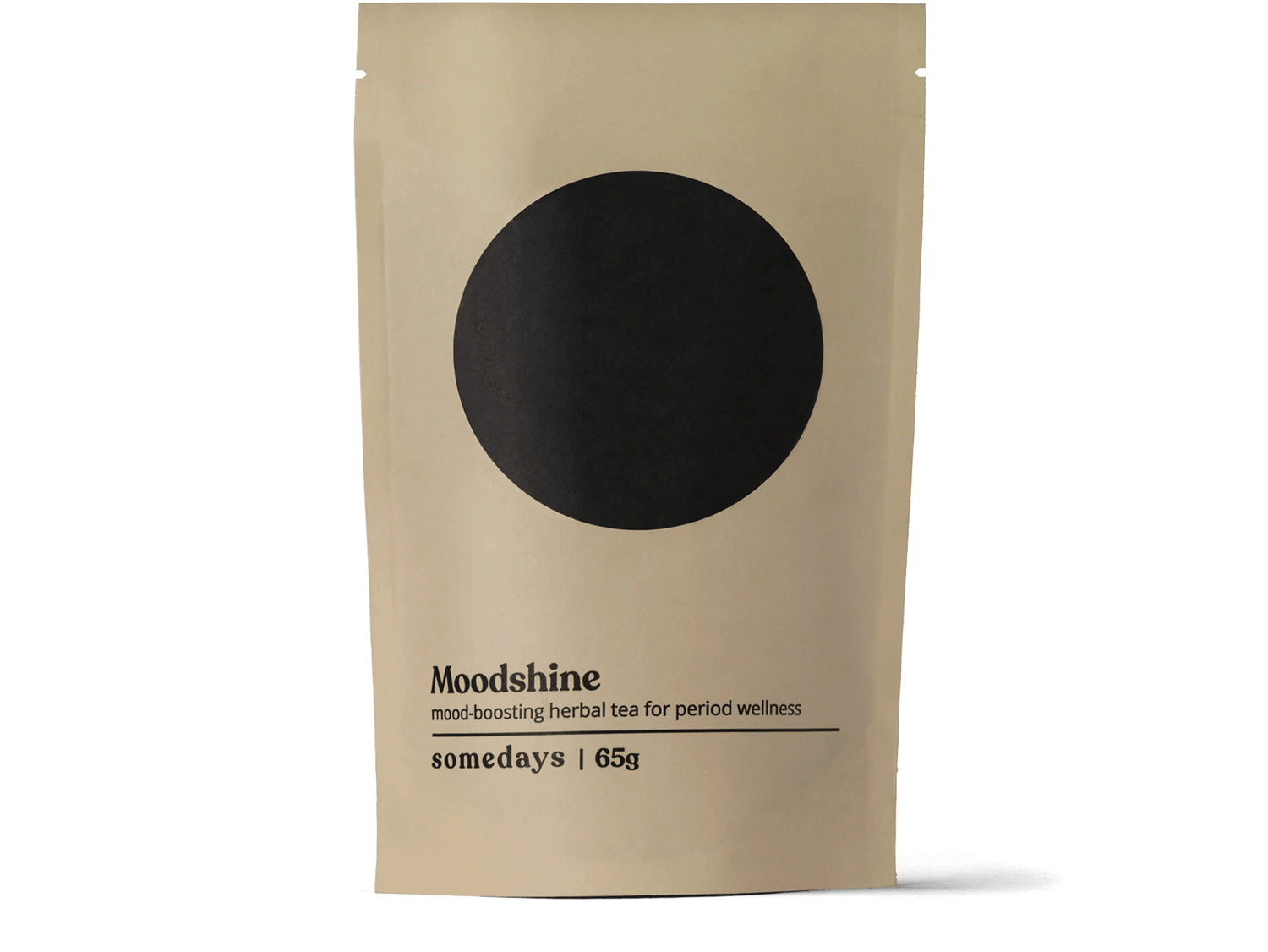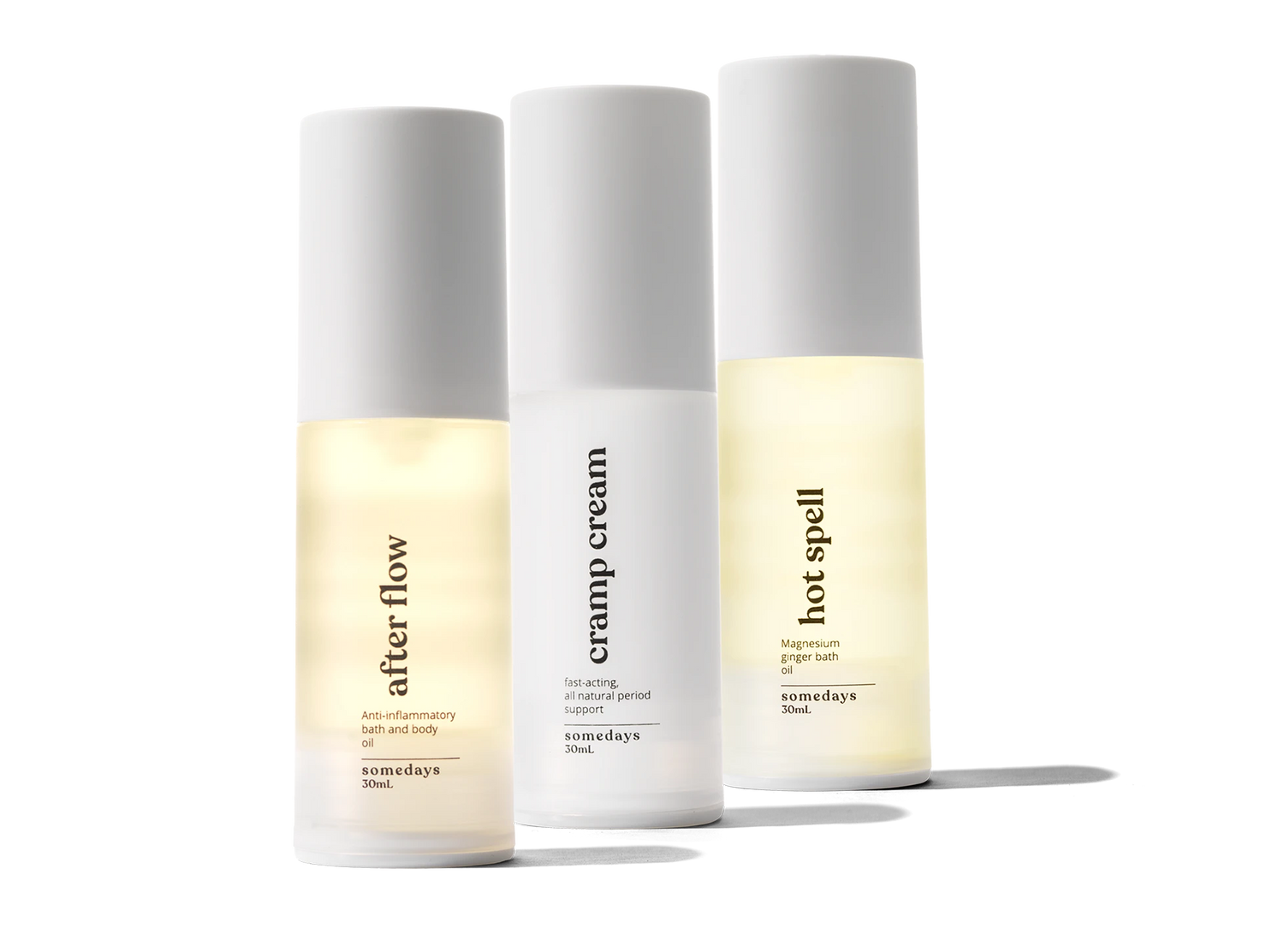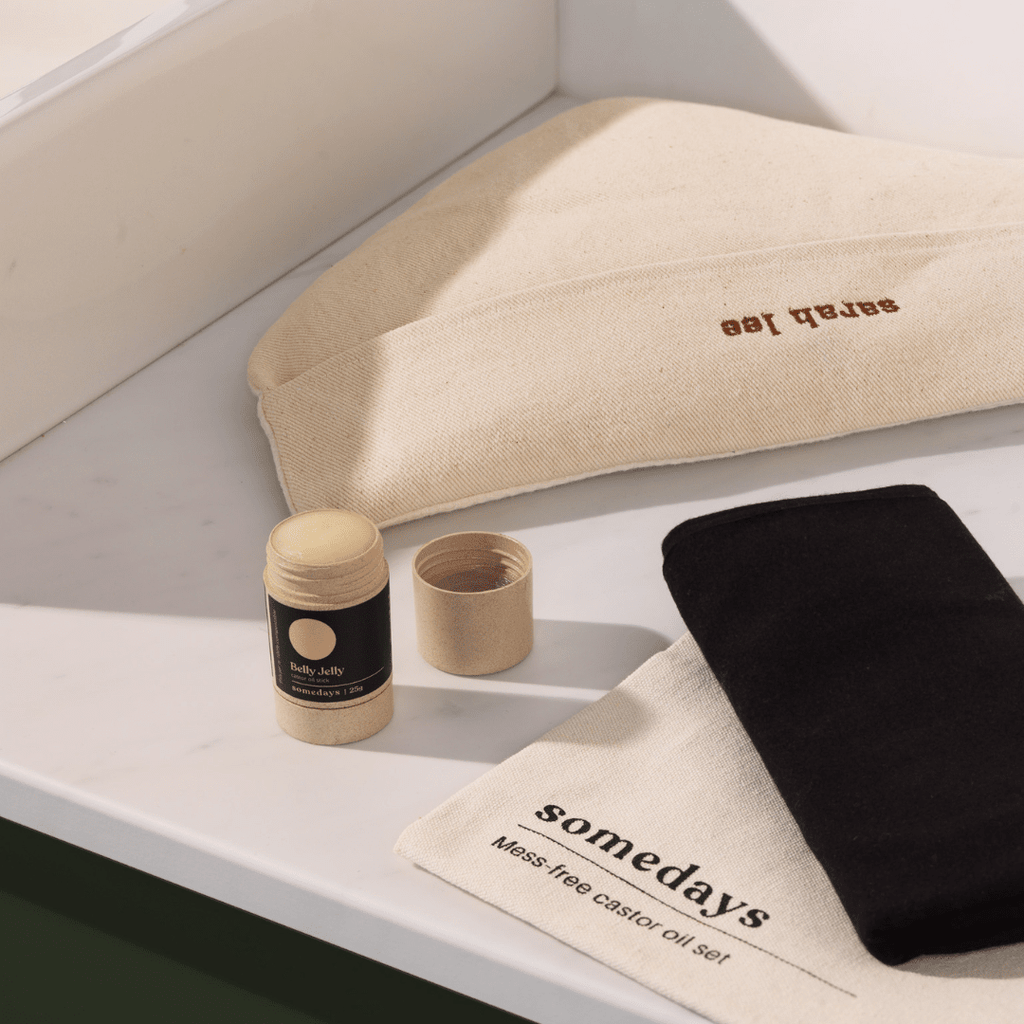Decolonizing The Pain Scale: Viewing Pain as Multidimensional and Non-Linear

Attempts at measuring pain, especially in the Western and European biomedical traditions which dominate medical systems in many countries, have continually fallen short. Especially when it comes to changing and healing bodies, in particular marginalized and culturally diverse bodies.
The reason marginalized bodies are most impacted by the inadequacies in the Western medicine traditions are many. However, in regards to the pain scale, it is largely due to the colonial language systems and ways of knowing that are being projected onto individuals when clinicians attempt to diagnose pain.
The ways the Western medical tradition talks about and measures pain, is not how many Indigenous, Black and other people of colour from diverse cultural backgrounds and histories discuss and understand pain.
Because of this there are large groups of people being put at a disservice by the “tool” that is the pain scale. This leads to potential misdiagnosis and lack of support for these individuals.
What is even more discouraging is that marginalized BIPOC individuals are at higher risk for experiencing chronic pain, due to historical trauma and intergenerational cycles. Therefore, they are some of the groups that will rely on the medical system the most, yet they are accommodated the least.
This post is a discussion and inquiry about what better ways medical systems and spaces can evaluate and allow their patients to communicate and learn about their pain.
Because until pain management and healing is culturally safe and accessible to all, there is continual injustice and harm.
What is the Pain Scale?
At some point in our lives, we have all been asked to rate our pain on a scale of 0-10, where 0 and 10 signify some parameters for pain: least to worst, not severe to less severe, fine to not fine. This is a form of what one could define as the pain scale.
How does this scale fail everyone, not only marginalized culturally diverse individuals? It’s linear and objective.
This scale and these types of scales attempt to compartmentalize pain, an experience that most of the time is without words, placing the patient into a box without taking into the consideration many other factors. Factors such as social, cultural and economic factors that may be influencing their pain, or the even the basic fact that the language of the scale may be falling incredibly short of describing their pain.
Western medical practices have attempted to diversify the pain scale, however, have failed to expand outside of the format of the numbered scale itself.
For example, The Chronic Pain Grade Scale (CPGS), the most updated standardized questionnaire for grading pain which is used worldwide according the World Health Organization, consists of seven questions which ask you to rate your pain from 0-10. For example:
-
How would you rate your pain on a 0-10 scale at the present time, 0 being no pain or 10 pain as bad as it could be or
-
In the past 6 months, how much has this pain interfered with your daily activities on a 0-10 scale where 0 is ‘no interference’ and 10 is ‘extreme change’?
All responses are then scored on a seperate 11 point scale, which are then calculated on 3 other separate subscales: the characteristic pain intensity score, the disability score, and the disability points score.
The scores on each of these subscales are used to classify ‘subjects’ (as this report describes human patients) into 1 of the 5 pain severity grades. The report describes one of the “benefits” of the CPGS as being highly efficient, since completing the survey “does not exceed 10 minutes”.
Whilst this scale may ‘function’ (as in move patients in and out of the doctors office quickly with some sort of diagnosis or ‘result) within the Western medical system, it remains standardized, number-based, and very unemotional.
It does not value or take into consideration that the very act of measuring pain on a scale may be near impossible to do for individuals and depending on the way they understand pain, which can be influenced by many factors such as race, gender, or socioeconomic positions.
Pain, in specific, chronic pain, is a highly emotional and diverse experience depending on the individual and their specific set of personal, cultural and societal experiences. It deserves adequate time and attention to evaluate within medical spaces.
How Is the Pain Scale Colonial?
In order to acknowledge the defaults and downfalls of the pain scale, and how the pain scale is a product of colonialism, we must also understand the dehumanizing and violent beginnings of Western medicine and it’s expansion.
In short, 18th Century European Enlightenment and the profession of medical practice that followed it, embraced and valued the scientific enquiry, which privileged experimentation and discovery at the expense of empathy (source).
This encouraged a “patient as subjects before humans” attitude, which led to, over the centuries, the development of a patriarchal medical system which was and remains to be culturally arrogant, and always favoured ‘reason’ over ‘superstition’.
Other ideas of healing such as midwives, folk healers and indigenous healing systems, were seen as less empirical and evidence based, according to European practitioners, being deemed inadequate and ineffective.
Euro-centric and Western medical practices and ideals have dominated the global sphere for centuries, gaining their clout in that these practices are evidence based, rather than belief based, which is what many presume forms of Indigenous and Eastern medicine practices to be.
However, ironically, the amount of evidence is Western biomedicine is surprisingly quite low. For example analyses of evidence levels in obstetrics and gynaecology show patterns of predominantly low grades of evidence for seemingly ‘esteemed’ groups such as The Royal College of Ob and Gyn and the Society of Ob and Gyn of Canada.
So, it can also be argued that the reliance on Western clinical knowledge and biomedicine practices, is as much a belief system as relying on Indigenous and Eastern healing traditions, which quickly debunks that one practice of medicine is scientifically more superior than the other.
The colonial nature of Western clinical knowledge and in turn, the pain scale, is rooted in how it does not allow for medical pluralism. Medical Pluralism can be defined as the “employment of more than one medical system or the use of both conventional and complementary and alternative medicine for health and illness”.
The fact that the Western biomedicine rarely draws on alternative methods of healing, is colonial, since it assumes a controlling attitude that one culture's methods of healing and medicine are superior, and will be used to educate, diagnose, and heal individuals, even it does not serve them in their health and wellness and their understanding of their health and wellness.
The pain scale is colonial in the same way; it’s format (the numbered scale) does not allow for other methods of expressing pain, such as through storytelling, oral traditions, or spiritual understandings of pain, which many cultures across the globe rely on to communicate.
By prescribing the pain scale, many patients who follow different knowledge systems outside of Western biomedicine aren’t able to communicate their pain effectively, and therefore are not served, allowing for potential misdiagnosis or just lack of quality care.
How Do We Decolonize the Pain Scale?
1. Employing Medical Pluralism
Embodying ideas such as medical pluralism within all medical spaces, but particularly Westernized medical practices, encourages clinicians to acknowledge the cultural and personal meaning associated with diverse health beliefs and practices of patients.
This practice allows for respectful and genuine consideration of how a patient's cultural or chosen knowledge system will influence how they communicate their pain. Then the clinician can decide how best to diagnose their pain, and what healing suggestions they will present.
This practice also acknowledges that cultural diverse patients, who may be familiar and comfortable with their traditional healing practices and ways of knowing, may and most likely still lean on the Western and standardized medical system due to several factors such as limited proximity and access to ancestral healing materials. Therefore, there is a responsibility for medical spaces to allow for plural ways of healing, since it is a system that is being relied on.
So what does this look like in practice?:
It is collaborative, generative and takes time.
Etuaptmumk or Two-Eyed Seeing
A form and practice of medical pluralism founded by Mi’kmaw Edler, Ablert Marshall, of Mi’kma’ki, is called “Etuaptmumk” in Mi’kmaw, translated to “Two Eyed Seeing” in English. This practice integrates the strengths of Indigenous and Western knowledge as a shared-learning process. This integrated practice follows many Indigenous epistemologies of intrinsically connecting knowledge with action, as explained by Janet Smylie, a Metis physician.
Smylie explains: “In this way, knowledge development is actively transformative, as it is linked to a life-long process of human development. Stories themselves can be perceived as holding ‘medicine’ and the act of sharing stories as acts of healing”.
A huge part of embracing Two-Eyed Seeing is acknowledging the healing properties of other methods of healing, outside of the clinical Western tradition. We all have biases towards or against certain ways of understanding pain and healing. However, in order to decolonize and create medically plural spaces, there needs to be patience for intersection and collaboration.
The FIRST acronym is encouraged to be employed by those adopting Two-Eyed Seeing into their practice. This list was derived from considering the priorities and strengths of both Indigenous community based knowledge and Western clinical knowledge:
-
Family: Recognizing the extended family of the patient
-
Information: Communication that is respectful
-
Relationship: Building Positive Relationships
-
Safe Space: Understanding Cultural Safety
-
Treatment: Providing both traditional medicine and clinical treatments as treatment options
What Decolonizing Evaluating Pain Can Look Like: “My Back on Track, My Future”:
A shining example of how medical pluralism has been utilized is the study “My Back on Track, My Future” in Australia, which explores how to address and combat the disparities in Low Back Pain Care for Aboriginal Australians in culturally appropriate ways.
Ivan B. Lin et al who lead the study, noticed that Aboriginal people with chronic lower back pain held highly negative perceptions of their conditions that stemmed from the radiological imaging shown to them from their healthcare practitioners.
Seeing the abstract images of their bodies did not serve their healing; instead it was somewhat incomprehensible and overall a negative experience. This study attempted to address how different knowledge systems that are traditional to Aboriginal Australians may serve them better in medical spaces, when a doctor or clinician is trying to explain and demonstrate their condition to them.
A storied/narrative approach was chosen as an alternate presentation of information because of the congruence with Indi traditions of conveying information through narrative and storytelling.
The project wrote and filmed script based scenarios that described peoples experience with back pain which were then presented to patients. The actors in these scenes were Indigenous in an attempt to show pain not only represented in a more familiar and traditional format, but on familiar bodies that Indigenous patients could identify with.
The study found “conveying information through a story is more persuasive for patients because they identify with the characters and become more emotionally involved and observational learning is facilitated”.
A significant take away from the “My Back on Track” project, is the acknowledgement of the potential patient learning that can take place within clinical spaces, if the right methods are employed.
Once a patient is able to understand and learn about their condition, whether that is being presented data is a knowledge system that is traditional and comfortable to them, or them being able to express their pain outside of the confines of a ‘scale’ through myth, narrative or conversation, the patient is now empowered with a deeper understanding of their chronic pain, and is equipped to ask questions, conduct their own research, and engage.
2. Continually Adapt
When the discussion and evaluation of pain is not accessible to all cultures, which a standardized pain scale tends to be, then cultures that are not included in the chosen predominant tradition suffer. In order to embody medical pluralism, Two-Eyed Seeing and creating cultural safe medical spaces, specifically when evaluating chronic pain, there needs to be a shift in priorities: from efficient, standardized, and subject-before-human to more patient specific, adaptable, and intersectional no matter how long it takes.
Like most radical change, this is a continual learning process, as traditions, cultural values, and knowledge systems are always shifting.
However, if compassion towards patients is at the centre with sustainable healing remaining a priority, then continual change and adaptations can happen.
Previous Article All Articles Next Article
All ArticlesBetter Cycle Kit
A traditional castor pack with a modern twist to support hormone health and reduce period pain. This science-backed treatment is a game-changer for painful cycles and mood swings.
- Relieve chronic period pain
- Enhance circulation and lymphatic drainage
- Decongest the uterus, ovaries, and fallopian tubes
- Support fertility, fibroids, ovarian cysts and endometriosis scars/adhesions
- Safely combine with TTC fertility programs and hormone replacement therapies
Includes: Belly Jelly Castor Stick 25g, Bamboo Belly Band, Zip Pouch, Flaxseed Heatpad, Custom Embroidered Cover, Heatpad Carrying case
$117.00
ADD TO CARTFlaxseed Heatpad
Designed to fit comfortably over your pelvis, this weighted heatpad is handmade and custom embroidered in-house. Warm again and again in the microwave or oven to enjoy long-lasting heat infused with chamomile essential oil for aromatic bliss.
$65.00
ADD TO CART




